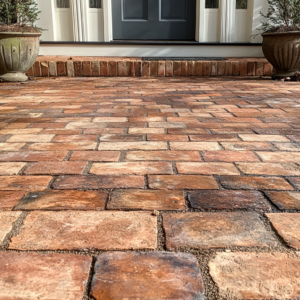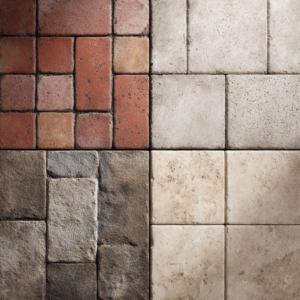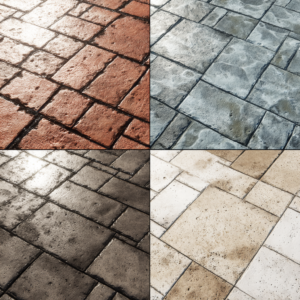During the planning stages of a pool, one of the most common questions that pops up is “how close can a pool be to a house?”. The answer depends on a lot of factors.
Pool placement is a big, early concern that’s pretty hard to ignore, and usually, people give a generic answer to that question. But before that, we have to put into consideration a few other things, such as the area you have at your disposal, if your pool is gonna be in-ground or above the ground, and the construction requirements of your region.
Check this article and have all of your questions about pools answered from how close a pool can be to a house to what will go around your pool.

Jump to:
How close can a pool be to a house?
To find out the required distance between a house and a pool or other structures on your property is necessary to check with your local zoning regulations. Building codes regulate what’s known as a setback, which is the measure of separation between the swimming pool, your house, and the property lines.
Many factors can affect the size of the setback requirements, such as protected areas, the average size of the neighboring tracts, water drainage, and more.
The distance between a pool and a house ranges from 3 or 4 feet, but it can go to 25 feet or even more! So it’s super important to follow the rules and requirements when building a pool. Imagine having to move it? (it’s not a cheap or simple task).
How to decide where to place a pool
Even for a small backyard area, your pool is one of the largest components of the area. A pool requires a lot of thought and planning, but choosing the exact area to put it can be difficult because you have to consider a lot of things.
Space
If you have a small area to work with, then your options for pool placement and size are limited. A suggestion for smaller spaces is to avoid pools with rounded and irregular shapes.
You have more options for bigger properties, but it’s important to get a pool that fits into your backyard and gives you enough room for other things like a pool deck, patio, lawn, etc.
Ground and soil conditions
It’s very important to choose a location that will hold and sustain a pool because some ground conditions, such as a high water table, sandy, rocky, or unstable soil, will make building it more challenging.
If things aren’t quite ready for a pool, it will be necessary to prepare the ground for the volume of water your pool will be holding. Since a pool is a large investment, the best option is to check all of these conditions with a specialist pool installer.
Sun exposure
It’s not recommended to build your pool under trees. They block the sun and drop leaves into the water.
So, consider placing your pool in an area that receives a lot of sunlight during the day .Not only will you be able to enjoy the warmth for more hours, but you will greatly reduce the amount of cleanup maintenance required.
Neighbors
If you’re putting your pool near the property line, you will get less privacy from your neighbors. A good rule to follow is to place the pool at least 3 feet from your property line. To have even more privacy and enhance its overall appearance. Also you can landscape between the property line and the pool with plants or a fence.
What will go around it?
Not paving areas around the pool to save money is a huge mistake. There are many paver options to cover your pool deck, like travertine pavers, marble, limestone, and concrete pavers.
When choosing the right material to cover around your pool, the most important considerations are heat absorption and slip resistance.
If your pool receives direct sunlight, you really should consider opting for materials that accumulate less heat, like travertine pavers.
When it comes to the slip resistance, is not much about the material itself, if you don’t want to slip around your pool, avoid pavers with polished finishes.
If you live in Sarasota or nearby and want to be sure about the prices of pavers, contact us and get a free estimate. We will be glad to drive by and share some of our knowledge. Call us!



